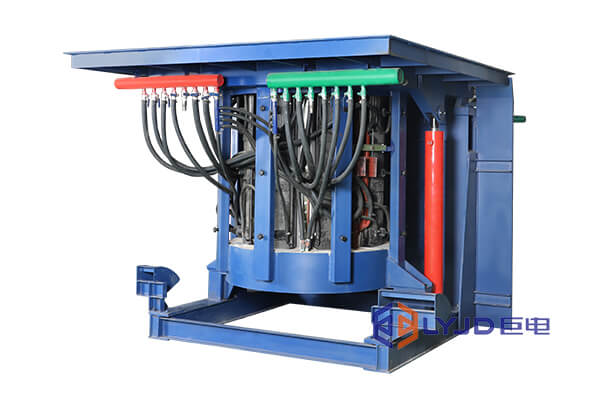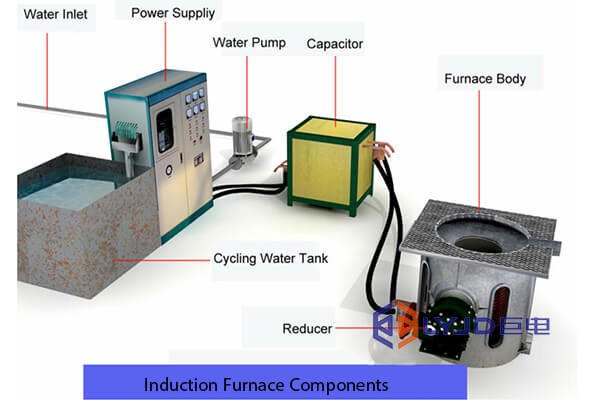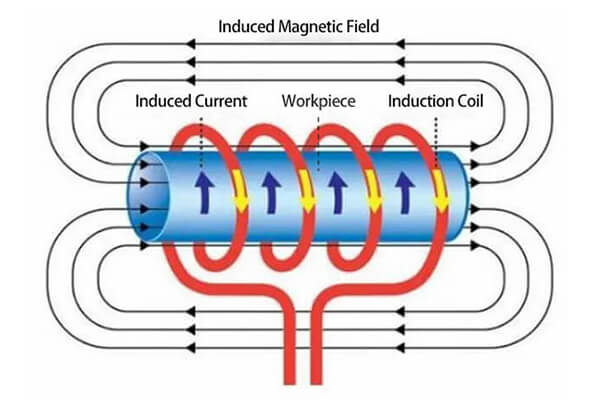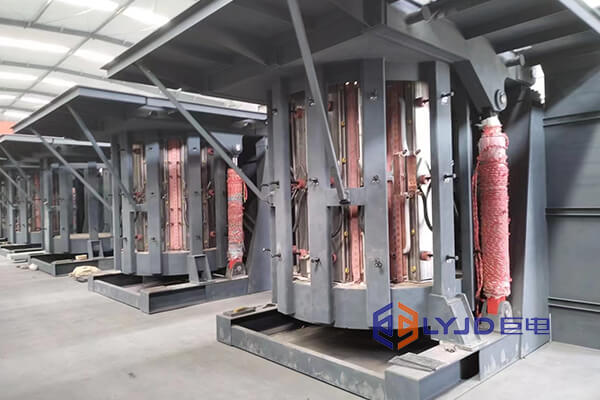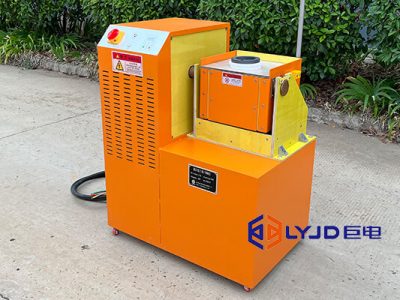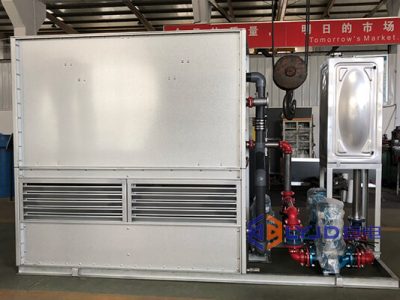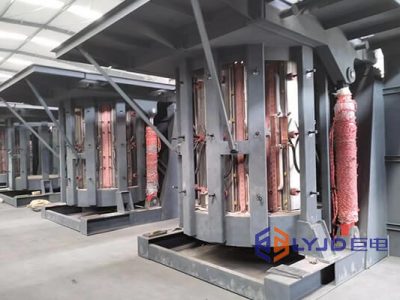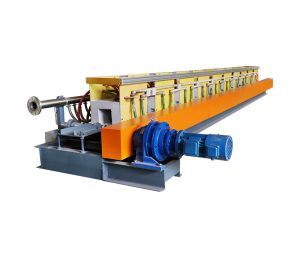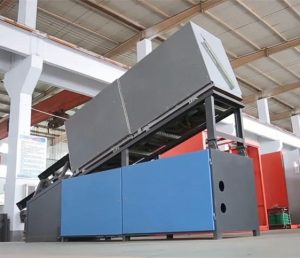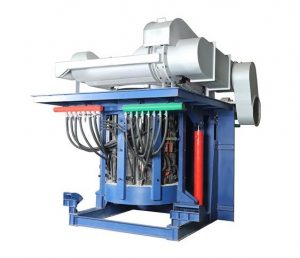The induction furnace is now more and more popular in the metalworking industry. It is cost-effective, highly automatic, fast-to-heat, much safer than other furnaces, and more.
Here, we, Luoyang Judian, will give you a comprehensive guide to the induction furnace. To find the direct answer, keep reading and jump to the section what you are looking for.
1. What is an induction furnace?
2. How does an induction furnace work?
3. How much is the cost of an induction furnace?
4. What fields can an induction furnace apply to?
5. Where can you search a high-quality induction furnace?
1. What is an induction furnace?
An induction furnace is an industrial furnace that uses the principle of electromagnetic induction to melt metal or heat metal to high temperatures. It uses the induction electrothermal effect of materials to heat or melt them. There are three types of AC power used in induction furnaces: power frequency (50 Hz or 60 Hz), medium frequency (60 to 10,000 Hz) and high frequency (above 10,000 Hz).
Components
The main components of an induction furnace include inductors, furnace bodies, power supplies, capacitors and control systems. The inductor is the core component. It is usually made of copper tubes and is used to generate alternating electromagnetic fields. The furnace body is the main part and is used to accommodate materials that need to be heated or melted. The power supply provides alternating current, causing the sensor to generate an electromagnetic field. Capacitors and control systems are used to adjust current and voltage to control the heating speed and temperature of the induction furnace.
Types
Induction furnaces are usually divided into two categories: induction heating furnaces and induction melting furnaces. Induction heating furnaces are mainly used for heating materials, including uniform heating of the entire material, surface heating or local heating. Induction melting furnaces are mainly used for smelting materials, and the materials are ultimately in a liquid state. There are two types of smelting furnaces: core induction furnaces and coreless induction furnaces. Core induction furnaces are mainly used for the smelting and heat preservation of various cast iron and other metals. They can utilize scrap furnace materials and have low smelting costs. Coreless induction furnaces are divided into power frequency induction furnaces, triple frequency induction furnaces, generator set medium frequency induction furnaces, thyristor medium frequency induction furnaces, high frequency induction furnaces and other types.
2. How does an induction furnace work?
The working principle of the induction furnace is based on the principle of electromagnetic induction. The material is heated by the alternating magnetic field generated by the alternating current in the induction coil.
First, when an alternating current passes through an induction coil, an alternating magnetic field is generated around the coil. This alternating magnetic field will penetrate the material in the furnace body and generate an induced electric potential inside the material. Since the material is conductive, the induced potential will form an induced current inside the material, that is, an eddy current.
When the eddy current flows inside the material, it will be hindered by the resistance, thus generating heat. This heat is the heat source that heats or melts the material. The heating speed and temperature can be controlled by adjusting the frequency, voltage and current intensity of the current.
It should be noted that induction furnaces can only heat conductive materials, such as metals. For non-conductive materials, such as glass, ceramics, etc., induction furnaces cannot heat them.
In addition, the heating method of induction furnace is different from the traditional flame heating method. Induction furnaces directly heat materials through the principle of electromagnetic induction and do not require fuel combustion, so they have the advantages of energy saving and environmental protection. At the same time, because of the fast-heating speed and high temperature of the induction furnace, it can greatly improve production efficiency and product quality.
3. How much is the cost of an induction furnace?
The cost of an induction furnace varies depending on factors such as model, specification, use, manufacturing process, etc. The cost mainly includes equipment cost, operating cost and maintenance cost. Equipment costs depend on factors such as the model, specification, and manufacturing process of the induction furnace; operating costs mainly include electricity, water, gas, etc.; maintenance costs include daily maintenance, repairs, etc.
Generally, the price of an induction furnace ranges from several thousand dollars to tens of thousand dollars.
If you need to purchase an induction furnace, it is recommended to compare with multiple suppliers to understand the price and performance of induction furnaces of different models, specifications, and uses, and make a choice based on your actual needs. At the same time, you also need to pay attention to refer to relevant industry standards and specifications to ensure that the induction furnace you purchase meets the relevant requirements, can operate normally, and achieves the expected use results.
In addition, it should be noted that the cost of an induction furnace not only includes the price of the equipment itself, but also includes the use cost and maintenance cost of the equipment.
4. What fields can an induction furnace apply to?
Induction furnaces have a wide range of applications and are mainly used in the heating, smelting and processing of metal materials.
Steel Smelting
Induction furnaces can be used for smelting and heat treatment in the steel smelting process, including casting, forging, heat treatment and other links. Induction furnaces can greatly increase heating speed and temperature control accuracy, thereby improving production efficiency and product quality.
Nonferrous Metal Smelting
Induction furnaces can also be used for smelting and refining non-ferrous metals such as copper, aluminum, zinc, and lead. Induction furnaces can precisely control melting temperature and time to obtain high-quality non-ferrous metals.
Forging And Rolling
Induction furnaces can be used as heating equipment before forging and rolling to improve the plasticity and processing performance of metals. At the same time, induction furnaces can also be used for heating and heat preservation during the rolling process.
Heat Treatment
Induction furnaces can be used in metal heat treatment processes, such as quenching, annealing, carburizing, etc., to change the metal's structure and properties. Induction furnaces can achieve fast, even heating and precise temperature control, thereby improving the effectiveness and efficiency of heat treatment.
Welding
Induction furnaces can be used for welding processes of metal materials, such as high-frequency induction welding, medium-frequency induction welding, etc. Induction welding can achieve fast, high-quality welding and is suitable for joining various metal materials.
5. Where can you find a high-quality induction furnace?
There are many induction furnace manufacturers all over the world. Evenly, there is no lack famous brands which last decades.
Luoyang Judian
That is me, right, the author of this post. Judian is a manufacturer from China who has been engaging to the industry for decades. We have provided high-quality induction furnaces for more than 200 customers globally and won a good reputation.
HTGP
This is another induction manufacturer from China. It is an integrated company providing induction furnaces, rolling machines, and other equipment. It is established in 2012 and experienced in this industry. That’s why I recommend it.
Others
Of course, a lot of brands, such as Inductotherm, Inductiontech, and Electroheat Induction also provide professional solution of induction furnaces.
Conclusion
Now, I believe you are familiar with the induction furnace. With its advantages of high efficiency, energy saving, and environmental protection, induction furnaces have been widely used in the fields of heating, smelting and processing of metal materials, and have become one of the indispensable and important equipment in modern industrial production.
























